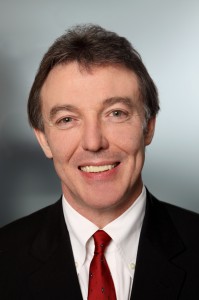In the world of medicine, a specialist appointment for a complex medical problem is a regular part of the treatment pathway. As patients, we positively welcome the moment the GP says he or she thinks we should be referred to see a specialist to help diagnose and treat the condition that cannot be resolved in primary care. At no time is there any charge for these appointments – unless you choose to see a specialist privately.
In dentistry, also available as an NHS treatment, but for which the majority of patients pay a fee, the boundaries between general practice and specialist practice are not so clear. Nor is there the same level of specialist care available to NHS dental patients. If you are an adult patient who needs endodontic treatment, for instance, and your dentist says you need to see a specialist, it’s difficult to find a specialist who will treat you as an NHS patient. You might find an endodontist in a hospital to whom you can be referred, but the risk is that you won’t reach the top of the waiting list in time for your tooth to be saved. Medicine and dentistry overlap, but they are still worlds apart.
In the world of audiology, an entirely different system prevails. If you are hard of hearing, it’s possible to be referred to a hospital specialist and then supplied with a hearing aid and batteries, all courtesy of the NHS, with no charge at all.
How has it arisen that we must pay a fee for a crown, for instance, which will save our tooth, but not for a hearing aid? It’s often said that we are more likely to value what we pay for, but many British people are still indifferent to the value of their teeth, despite having to pay for treatment.
Having said all of this, I do notice a sea change. More patients are coming to see me saying they have put their endodontic treatment before a holiday or other indulgence. The heavy metal generation, those whose teeth will need life long maintenance, don’t want to be like their parents, with the glass beside the bed to hold their dentures overnight.
This is very welcome. But I would still like to see all the different health arenas dealt with more equitably – wouldn’t you?
Read More



